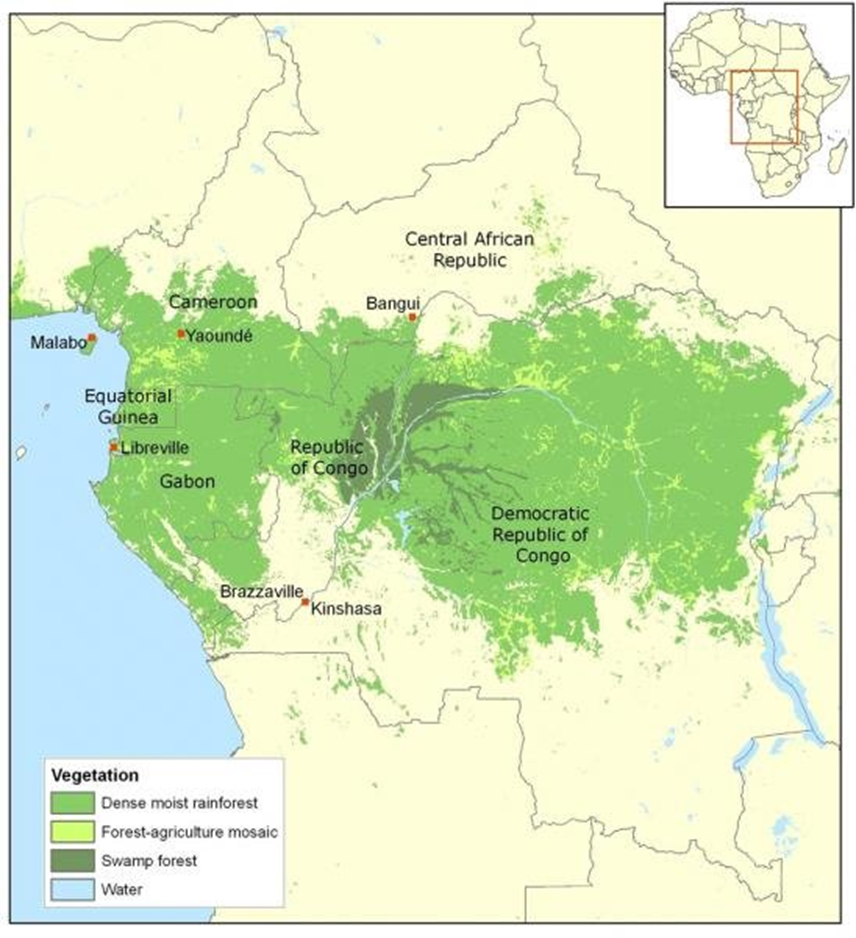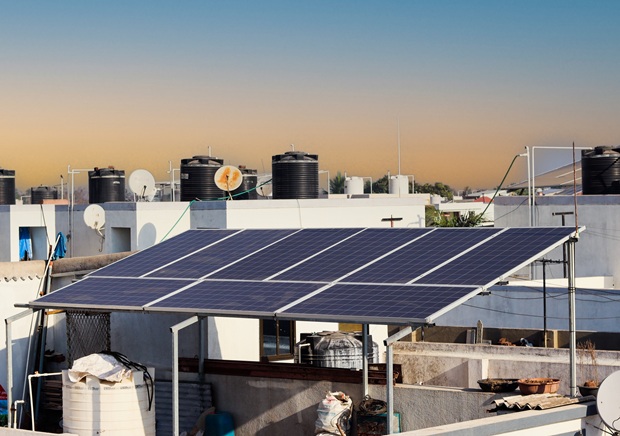- Courses
- GS Full Course 1 Year
- GS Full Course 2 Year
- GS Full Course 3 Year
- GS Full Course Till Selection
- Online Program
- GS Recorded Course
- NCERT (Recorded 500+ Hours)
- Polity Recorded Course
- Geography Recorded Course
- Economy Recorded Course
- AMAC Recorded Course
- Modern India, Post Independence & World History
- Environment Recoded Course
- Governance Recoded Course
- Science & Tech. Recoded Course
- International Relations and Internal Security Recorded Course
- Disaster Management Module Course
- Ethics Recoded Course
- Essay Recoded Course
- Current Affairs Recoded Course
- CSAT
- 5 LAYERED ARJUNA Mentorship
- Public Administration Optional
- ABOUT US
- OUR TOPPERS
- TEST SERIES
- FREE STUDY MATERIAL
- VIDEOS
- CONTACT US
Congo Basin
Congo Basin
22-09-2024

Despite its vital ecological significance, the Congo Basin receives considerably less funding than other major tropical forests, such as the Amazon and the Borneo-Mekong basins in Southeast Asia.
Key Facts about the Congo Basin
- Geographic Spread: The Congo Basin spans six countries:
- Cameroon
- Central African Republic
- Democratic Republic of the Congo
- Republic of the Congo
- Equatorial Guinea
- Gabon
- Size: The basin, along with its contiguous forests, represents the second-largest tropical forest and river network on Earth, covering approximately 2.4 million square kilometers.
- Peatlands: It is home to the world’s largest tropical peatlands, alongside Brazil and Indonesia.
- Drainage Area: The Congo River and its tributaries drain an area of 3.68 million square kilometers.
- Climate: The region has a hot and humid climate, with total rainfall typically exceeding 1.5 meters annually. Notably, the base of Mount Cameroon is one of the wettest places on Earth, receiving over 10 meters of rain each year.
Significance of the Congo Basin
-
Carbon Sink
The Congo Basin plays a crucial role in regulating the global climate. African tropical forests absorb approximately 1.5 billion tonnes of carbon dioxide each year, equating to 4% of global fossil fuel emissions. The peatlands within the basin are highly effective carbon sinks, absorbing more carbon than they emit. -
Biodiversity
The basin boasts an incredible 10,000 species of plants, with about 3,000 endemic species. It is home to:- 600 tree species
- 1,000 bird species
- 900 butterfly species
- 280 reptile species
- 400 mammal species
Notable species include: - Lowland gorillas
- Bonobos (pygmy chimpanzees)
- Forest elephants
- Okapi (forest giraffe)
- Congolese peacock
- Livelihood
The ecosystems of the Congo Basin directly support the livelihoods of around 80 million local people. This includes benefits derived from:- Agriculture
- Selective logging
- Collecting non-timber forest products
- Other activities reliant on forest resources
Threats to the Congo Basin
- Deforestation: The rate of deforestation is increasing rapidly. In 2022, satellite data indicated a loss of 15,603 km² of tree-covered area, highlighting the urgent need for conservation efforts.
Initiatives for Conservation
Collaborative efforts involve regional initiatives like the Blue Fund for the Congo Basin and partnerships such as:
- Central African Forest Initiative
- Forest Carbon Partnership Facility
- Forest Investment Program
- Global Environment Facility
- PROGREEN
- REDD+ (Reducing Emissions from Deforestation and Forest Degradation)
The World Bank is actively promoting forest-smart development, focusing on community involvement. Recently, in August 2024, Africa's first High Integrity Forest Investment Initiative (HIFOR) project was launched in Nouabalé-Ndoki National Park, Republic of the Congo. This project received endorsement from the Republic of Congo’s Forest Carbon Task Force, chaired by the Prime Minister.
Must Check: Best IAS Coaching In Delhi
UPSC Prelims Result 2024 Out: Expected Cut Off & Other Details, UPSC Prelims 2024 Answer with Explanation, Daily Prelims Quiz, Daily Current Affairs, MONTHLY CURRENT AFFAIRS TOTAL (CAT) MAGAZINE, Best IAS Coaching Institute in Karol Bagh, Best IAS Coaching Institute in Delhi, Daily Mains Question Answer Practice, ENSURE IAS UPSC Toppers, UPSC Toppers Marksheet, Previous Year Interview Questions, UPSC Syllabus




